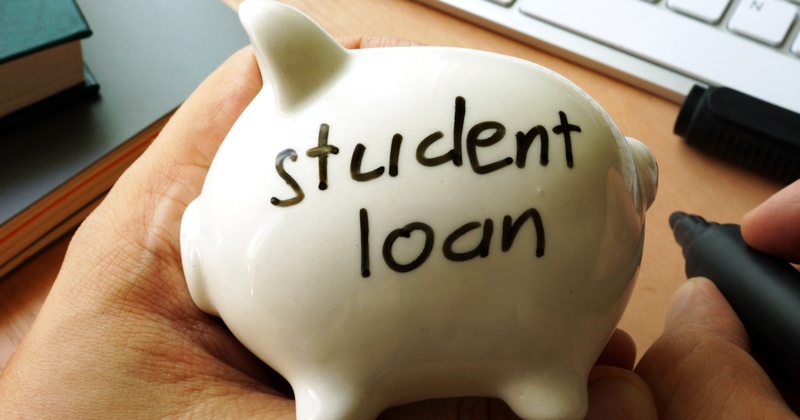As student loan interest rates increase this year, Nina Patel breaks down the obscurities around what this means for those at university.
Various factors, ranging from location and ranking to social life, determine a student’s decision to attend university. However, one factor strongly associated with student life and university is finance: student loans and debt.
The maximum interest rate on student loans issued after 2012 (Plan 2 loans) will increase this academic year from 5.4% to 5.6%. Naturally most students, current and prospective, might be concerned about how an increase in interest rate on top of a very large sum of money might affect them and their plans for the future.
It is important to remember that student loans are very different from other loans, primarily because they are issued by the government rather than banks and because after 30 years, the debt is wiped regardless of how much has been paid back.
How are interest rates calculated?
A summary of interest rate calculation is given below, but a more detailed explanation can be found on the government website. The interest rate is charged on the total amount borrowed from Student Finance England. Each year the student loan interest rate is recalculated based on the Retail Price Index (RPI) in March. This year’s figure was 2.6%, up from 2.4% in March 2019. Whilst studying, the interest rate is RPI + 3% so, from September 2020 to 31st August 2021 the interest rate will be 5.6%. However, the April after students graduate the interest rate changes and depends on income.
Currently, graduated students who earn £26,575 or less do not need to make any repayments on their loan. This threshold will increase to £27,295 from April 2021. For these students, the interest rate will be the RPI rate (2.6%). Those whose annual salaries are above the threshold will see the interest rate on their total loan amount rise from the RPI, or 2.6%, on a sliding scale of up to RPI + 3%. The maximum interest rate is 5.6% for those earning £49,130 or more per year.
How will this affect me?
As a result of the interest rate rise, students will now owe more overall. It is worth mentioning that the average UK salary for graduates according to Graduate-jobs.com is between £21,000 and £25,000– below the repayment threshold. Therefore, most students will see no effect, especially since the threshold will rise from April 2021.
Those that will be affected will be high earning graduates and those that borrowed a small amount. In other words, those most likely to fully pay back their loan. Nonetheless, the Government predicts that only 30% of graduates will pay back their loan completely. Statistically speaking, therefore, graduates are unlikely to be impacted by the increase in interest rate this year. Additionally, since the interest rate is based on the RPI rate, it is possible for interest rates to decline. For example, the year 2018-2019 had an interest rate of 6.3%.
The student loan system is designed so that students are not expected to make upfront payments, allowing more people to access higher education. The size of the loan, or the interest rate should not deter anyone from pursuing a university degree or a career they are passionate about.
For more information visit www.gov.uk
Photo Credit: FE Week

